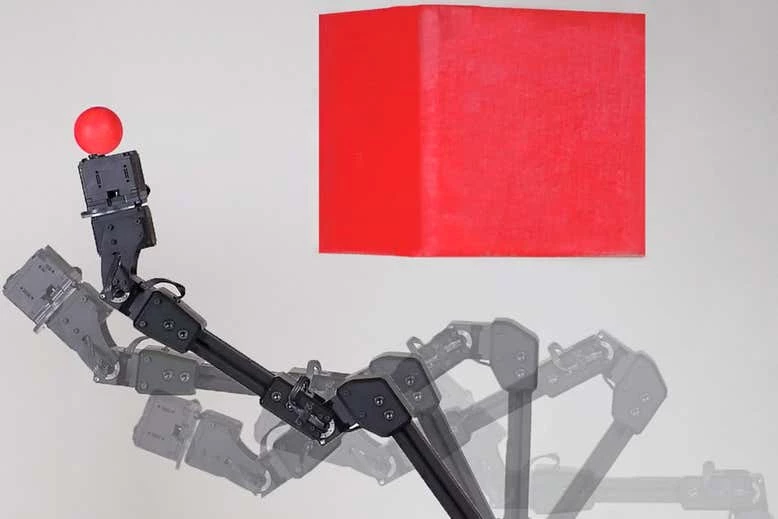Researchers assert that a robot that can perceive its own body has self-awareness
Major analysis reveals no connection between serotonin and depression / Warm-blooded animals first appeared 233 million years ago, according to ear anatomy

It has been argued that a robot has developed awareness of its surroundings.
In order to plan its movements and reach a goal, a robot can build a model of itself, which its creators claim makes the robot self-aware, though others contest this claim.
Every robot is trained to perform a task in some way, often through simulation. Robots can mimic tasks after seeing what needs to be done. However, they do so unconsciously, possibly relying on sensors to reduce collision risks rather than having any understanding of why they are performing the task or a true awareness of where they are within physical space. It implies that they will frequently make errors that humans would not, such as slamming their arm into an obstruction. We usually take it for granted, but it's a very important human ability, says Boyuan Chen of Duke University in North Carolina.
According to co-author Hod Lipson of Columbia University in New York, "I've been working on trying to get machines to understand what they are, not by being programmed to assemble a car or vacuum, but to think about themselves."
Lipson, Chen, and their colleagues attempted this by placing a robot arm in a laboratory surrounded by four cameras on the ground level and one above it. The cameras fed video images to a deep neural network, a type of artificial intelligence, that was connected to the robot and monitored its movement within the space.
The robot wriggled randomly for three hours while the neural network was fed information about the arm's mechanical movement and observed its response by observing where it moved in space. By simulating the robot in a digital representation of its environment, the team produced an additional 10,000 data points, for a total of 7888 data points. As a test of how well the AI had learned to predict the location of the robot arm in space, it generated a cloud-like image depicting where it "thought" the arm would be as it moved. If the workspace was 1 meter wide, the system would have accurately estimated its location to within 1 centimeter. It was accurate to within 1%.
If the neural network is considered to be a component of the robot, this implies that the robot can determine its physical location at any given time.
According to Lipson, this is the first instance in robotics history where a robot has been able to conceptualize itself. Even though it's a small step, it's a precursor to bigger things.
The researchers describe their robot system as "3D self-aware" when it comes to action planning in their research paper. Lipson believes it will be 20 to 30 years before a robot is self-aware in a more human sense. According to Chen, it will take scientists a long time to achieve complete self-awareness. He asserts that "I wouldn't say the robot is already [fully] self-aware."
Others are less confident in the paper's claims of even 3D self-awareness and may even be skeptical of them. According to Andrew Hundt at the Georgia Institute of Technology, "this method has the potential to lead to useful applications, but not self-awareness." The computer merely compares shape and motion patterns that just so happen to be in the form of a moving robot arm.
Robots without self-perception can easily complete a task by following a predetermined path, according to David Cameron of the University of Sheffield in the UK. He continues, "A crucial first step in developing something resembling self-perception is the robot modeling its trajectory towards the goal.
However, based on the information published thus far by Lipson, Chen, and their colleagues, he is unsure whether that self-perception would persist if the neural network-equipped robot was moved to completely new locations and had to constantly "learn" to adjust its motion to compensate for new obstacles. The next significant step toward a robot with self-perception, according to him, would be for it to continuously model itself while in motion.
Journal reference: Science Robotics, DOI: 10.1126/scirobotics.abn1944
End of content
Không có tin nào tiếp theo
